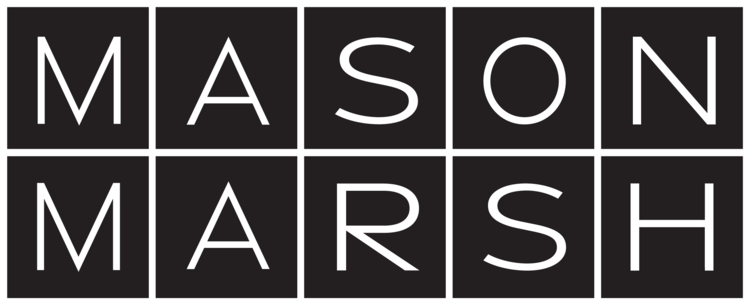When DJI released their first Phantom drones a few years ago, I looked closely at getting one but they seemed more toy than tool. In the first iterations, the drones were just expensive ways to put a GoPro camera in the air. With later versions, they evolved to include proprietary cameras with better and better quality. When the Phantom 4 was announced, I caved and bought one. From the first flight I was hooked. One of the persistent frustrations with being a photographer is reaching the best spots for compelling compositions. I've hacked through thick brush, crawled up and down steep bluffs, and waded countless creeks to put my camera in a good position. Suddenly, I had a decent camera I could comfortably locate just about anywhere. The thrill of watching a scene come together on my iPad as I gently nudge my into position is immensely satisfying. If I simply kept the camera on the drone pointed straight out, I could find countless opportunities to take new and exciting photos. Fortunately, the pivoting gimbal on the drone allows me to aim camera down as well as out, and the top-down perspective has opened up a whole new world of interesting compositions. Streets become patterns, trees take on new forms, and shadows are now characters in new stories.
Truth be told, the arrival of a drone in my photography life has left me hesitant to use my "terrestrial" cameras. Once you have the freedom to put your camera anywhere, it's hard to be satisfied with two-dimensional photography. My Sony still gets use, but not nearly as much as it used to.
As I further explore aerial photography and videography, watch for tutorials and other instructional items here.






